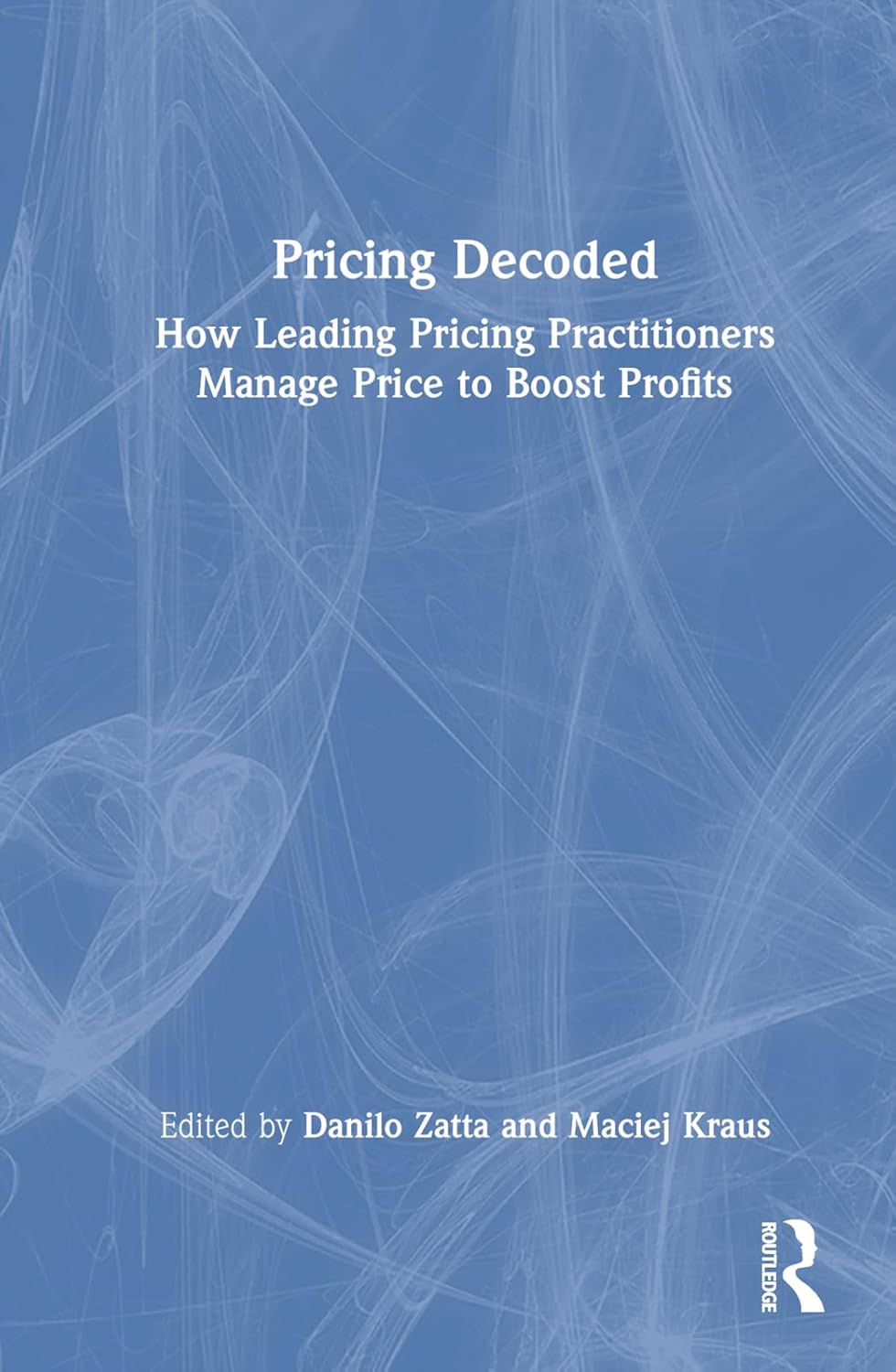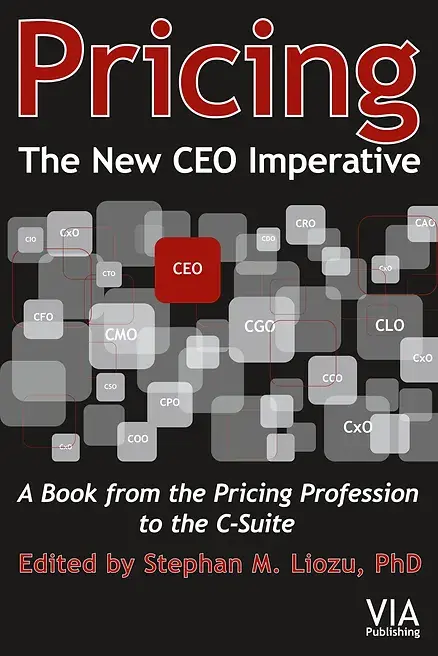The Psychology Behind Pricing: How Perception Shapes Value.
 PriceBeam
·
3 minute read
PriceBeam
·
3 minute read

What is Pricing Psychology?
Understanding the psychology of pricing is not just a curiosity but a powerful tool that can turn products from catching dust on the shelves to flying off the shelves. It’s a powerful tool that helps decipher the decision-making process behind purchasing behavior. Psychological pricing as a pricing strategy is multi-faceted, ranging from; The anchor effect, decoy pricing, quality inference, and much more. Which method brands choose will depend on their product/service, for example, the quality inference method applies more towards actual products whereas the anchoring effect could be anything. The way we perceive price greatly impacts our perception of value. Therefore, understanding this can be a game-changer for businesses and consumers alike. Understanding the psychology behind pricing strategies can provide businesses with a competitive edge, helping them to set prices that not only cover costs and generate profit but also appeal to customers on a deeper level.
The Anchoring Effect
One of the most powerful principles in pricing psychology is the anchoring effect – this occurs when an initial piece of information – in this case, a price – sets a psychological benchmark, influencing subsequent judgments. For example, if a Holiday package is first shown at $2000, a reduced price of $1500 seems like a significant deal, even though the holiday package’s intrinsic value hasn’t changed. Companies often use this tactic by showing the “original” price alongside the “sale” price, manipulating our perception of the true value.
Why is Nine so powerful?
Ever wondered why prices end in .99, rather than rounded up to a whole number? This is known as “charm pricing” and it’s highly effective. Our brain decodes $3.99 as $3 rather than $4, it’s a very subtle yet some of the most effective tricks influencing our perception of value for money. Often you don’t even realize that this is the reason for choosing a specific product as subconsciously it feels better to $3.99 rather than $4.

Decoy Pricing
Another effective pricing strategy is decoy pricing. This pricing strategy is about options, often a third option is introduced to make one of the other two options more attractive. For example, a small coffee might cost $3, a large $5, and a medium $4.50. As the large is only $0.50 more, the medium seems less attractive. So ultimately, individuals would go for the large rather than the medium as they feel they get more for their money, given the price difference between a small and a medium. Decoy pricing is often used with subscriptions, 3 options are presented with with is included at each price point. The individual will of course see that perhaps the best value for money is the most expensive as there are more capabilities.
%20(1).png?width=600&height=300&name=Email%20banner%20%20(600%20x%20300%20px)%20(1).png)
Price Quality Inference
The price-quality inference is where high prices create an assumption of high quality. Many Luxury brands often exploit this, where the high price is part of the allure – not accessible to all, suggesting exclusivity, prestige, and quality. For some consumers, the higher price is a badge of honor, a signal of status and taste especially for well-known brands. This perception can lead some consumers to equate higher prices with better value, even if the actual quality does not justify the cost. Brands that position themselves as luxury or premium often leverage this psychological link between price and quality to justify higher price points and to enhance their desirability.
How do you Manage Price Perceptions?
One of the most important ways of managing price perceptions is by installing appropriate price anchors; that is, pricing other portfolio products so that they provide an optimal benchmark for price comparison. To do this, it is crucial to have a thorough understanding of the willingness to pay for said product, so price anchors can be set accordingly. PriceBeam has extensive experience in analyzing customer price perceptions and helps companies optimize the perceived price. We help companies set prices that send the right signals in terms of conveying an appropriate message of quality that is aligned with the company’s brand positioning.
How PriceBeam Can Assist
Conducting a PriceBeam study can help understand the perceived value of your product/service. The study of Value Attributes is a great example of understanding value perception. Value Attributes enable users to simulate market scenarios and compare multiple features such as package size, claims, and price to determine which attributes provide the highest value.
Conclusion
Psychological pricing is a type of pricing strategy, which influences consumer behavior. It's a complex psychological strategy that plays on human emotions, perceptions, and cognitive biases. By understanding how consumers perceive prices and what influences their perception of value, businesses can tailor their pricing strategies to appeal more effectively to their target market. Whether it's setting an anchor price, using charm pricing, or ensuring transparency, the goal is to meet the psychological needs and desires of consumers, thereby enhancing perceived value and driving sales. Your price is how you convey your value to your customers, and this communication hinges on your customers’ perceptions of your pricing, which you must measure using science, not your gut instinct.
Want to know more about PriceBeam and how we can help solve your pricing challenges? ⬇️
.png?width=400&height=100&name=PBLogoTransparent%20(1).png)




